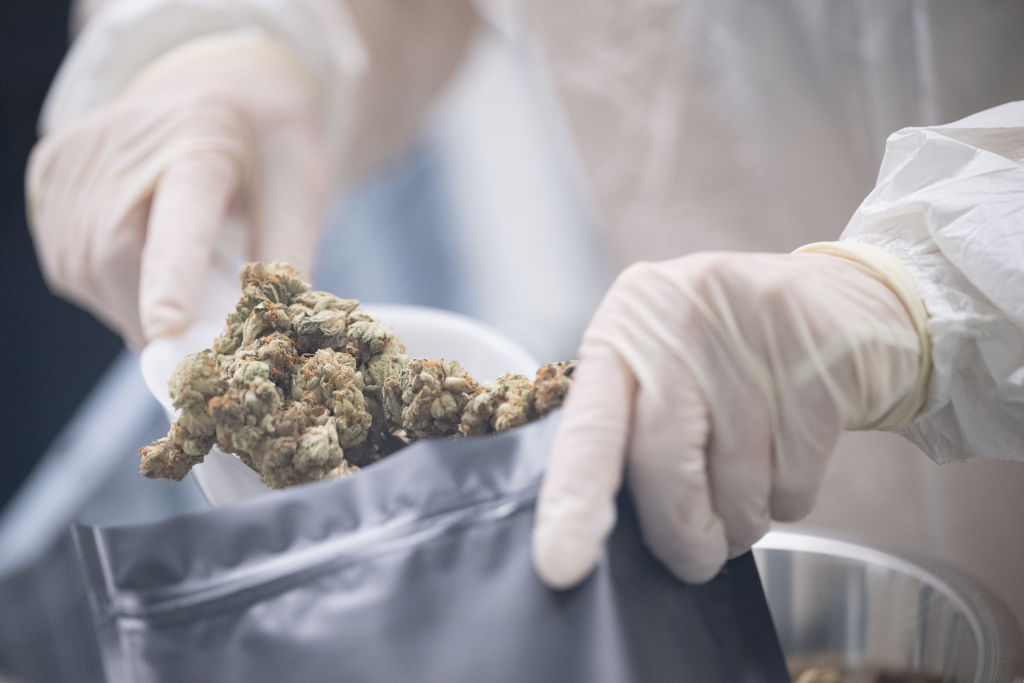Gap in cannabis education leaves medical providers in the dark

Despite the majority of states legalizing cannabis for medical use, clinical education has not caught up.
Currently, there are 19 cannabis education certificates and/or master’s level programs in colleges, universities, and graduate schools. These 19 programs are spread across 14 states, meaning about 70 percent of U.S. states that have legalized medical marijuana use have no form of college or graduate-level cannabis curriculum.
Even more, the vast majority of medical schools do not incorporate medical cannabis into the curriculum. A survey from 2022 of 83 medical students found that the majority, with no formal marijuana training at their medical schools, held erroneous beliefs about medical cannabis, including what conditions could be treated by the plant.
The lack of formal cannabis education means most physicians and pharmacists are left without a framework to accurately prescribe or recommend marijuana as a therapeutic treatment. Over eight million Americans acknowledge using medical marijuana, meaning this gap in education for healthcare professionals could affect millions of patients.
RELATED: New cannabis education tool makes everyone a weed expert
Increasing education programs
However, some schools are beginning to recognize this disparity between legal medical marijuana and its corresponding education. Schools like the University of Mississippi, the University of Nevada, Reno, and the University of Illinois Springfield have created cannabis education programs to help close the gap.
In 2019, the University of Maryland School of Pharmacy established the nation’s first graduate program dedicated to studying medical cannabis with its two-year Master of Science in Medical Cannabis Science and Therapeutics program. The program blends online classes with some in-person experiences and is held at the Universities at Shady Grove.
“I think that it’s important for health professional educational programs to incorporate cannabis medicine into their curricula so that when we graduate new generations of healthcare providers, they’re better equipped to really engage with a public who clearly wants more information – both to keep them safe and help improve their lives,” program director Leah Sera said to Medscape.
RELATED: This state may soon require higher education for dispensary workers
Why is there a lack of cannabis education?
As to why medical schools don’t include cannabis in their curriculum, Sera says that it has to do with politics.
Because marijuana is currently labeled as a Schedule I substance, the federal government has not legalized medical cannabis, leading to this gap in education. Its labeling as a Schedule I drug means there are many preconceived notions about cannabis, making it difficult to encourage professors to teach about it.
Furthermore, it adds another barrier to studies, as it is very difficult to perform randomized, controlled trials with any Schedule I drug, according to Sera.
As cannabis usage becomes more widespread, it is clear that graduate schools need to make a change so patients can receive informed care.